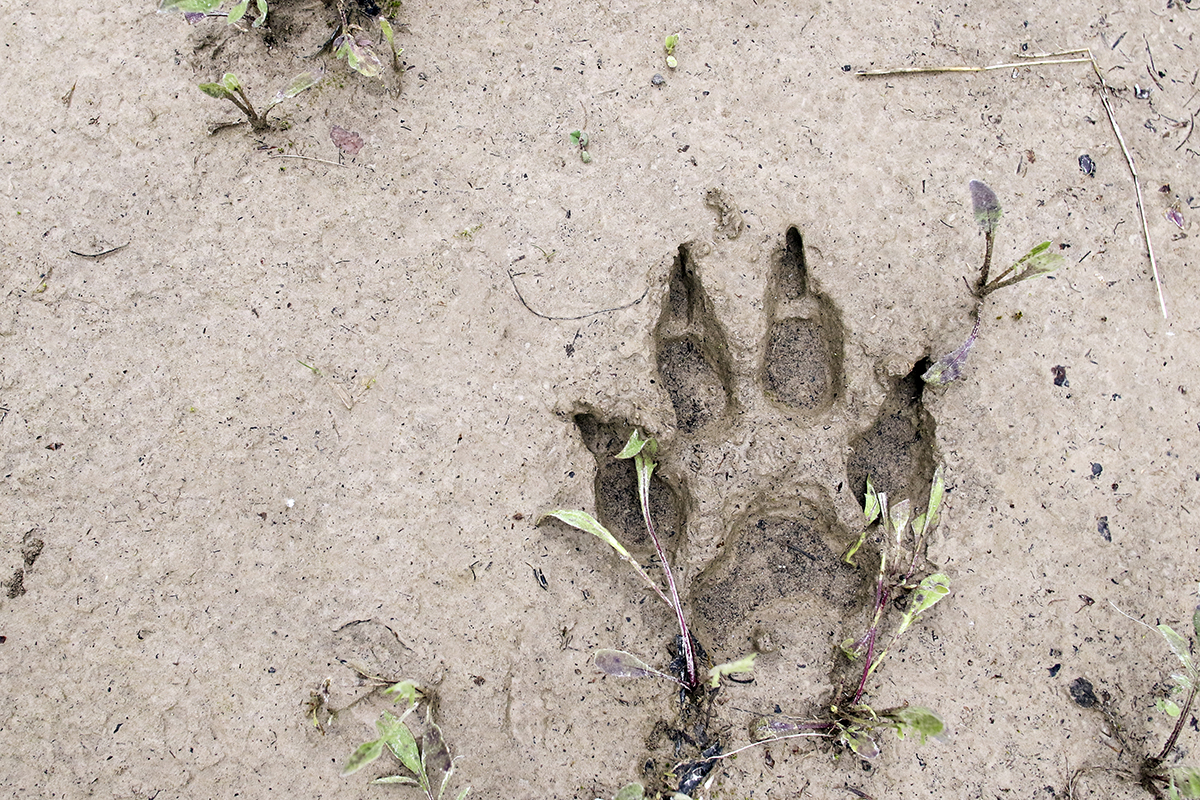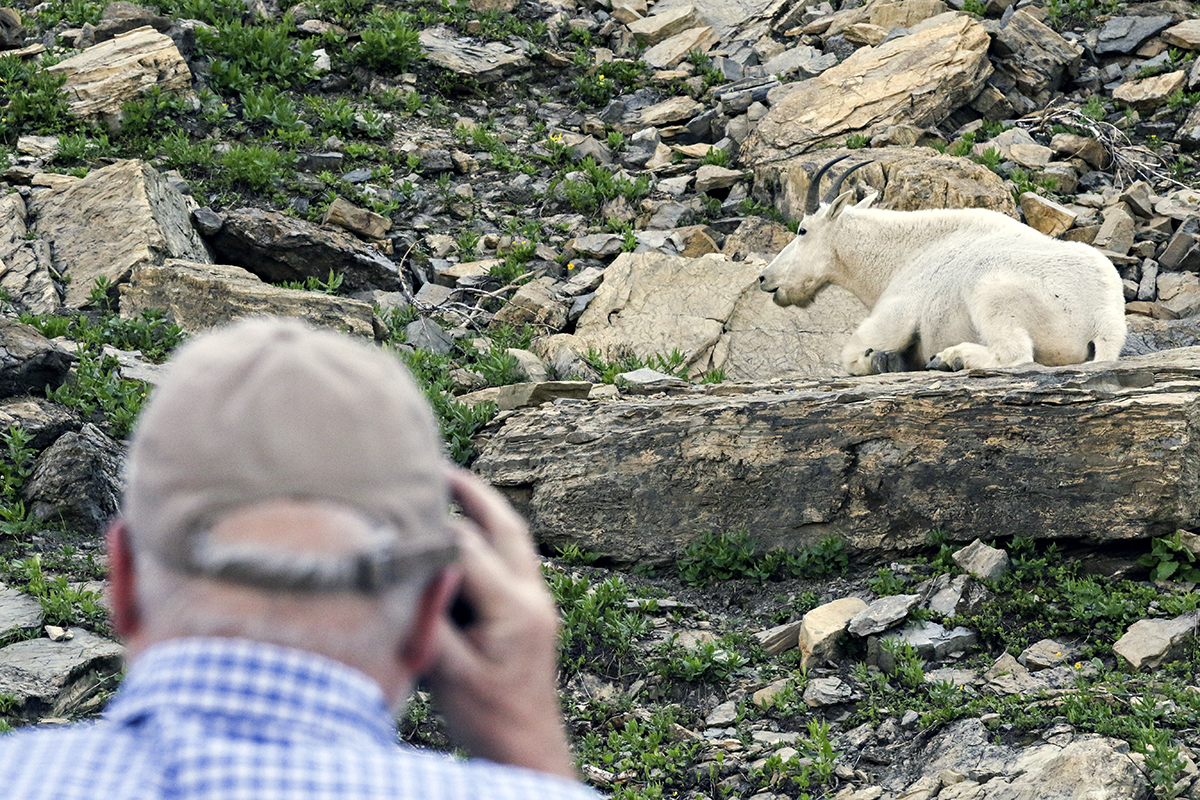
Where the Bear, Sheep, Deer, Goat and Elk Roam
A general guide to where you might spot some of Glacier Park’s most charismatic creatures
There’s nothing like getting out into the wild expanse of the great outdoors, and Glacier National Park has a million acres to explore.
And while the park continues to grow in popularity with the human species, it’s also crowded with a wide breadth of other types of animals and birds that call this wilderness home.
As humans, we’re lucky to be able to experience so many different kinds of creatures, and Mark Biel, natural resources manager for Glacier, has some suggestions about where they might be roaming. (But since they’re animals with minds of their own, there’s no guarantee where they’ll be.)
Remember to keep a respectful distance from these animals, and make good use of those fancy zoom functions on your cameras. Getting close might be a thrill for us, but it could mean trouble for the animal.
Bears
Seeing a grizzly bear in Glacier Park is often the dream, and for many, an achievable one that is best left to chance.
Biel said the park’s biggest carnivores are usually found in avalanche chutes or open meadows during the summer, typically digging after gophers and other snacks. By late summer, they’re usually around the huckleberry patches, and then they head for high ground in the fall.
In summer, Many Glacier and the Granite Park Chalet offer the open fields the griz tend to seek.
And yes — since it is exciting to see a grizzly, Biel understands the impulse to get closer. But that’s the exact opposite of what people should do.
Humans need to stay at least 100 yards away from bears and wolves (a football field), and at least 25 yards from all other creatures, Biel said.
People tend to rationalize their behavior, thinking that if the bear doesn’t seem to mind them and their car is 50 feet away, it’s not doing any damage. What might benefit the human could be a death sentence for the bear, however. Habituated bears that think its OK to be near people and cars can end up euthanized.
Black bears wander the whole park, but they tend to hang out in places like Camas Road with its vegetation or at the Jackson Glacier Overlook.

Mountain Goats
The best place to catch a glimpse of these furry acrobats is up high in the alpine regions, especially near Logan Pass. The goats can be found along Going-to-the-Sun Road near the pass, as well as on the trail to Hidden Lake or near the beginning of the Highline Trail. The park intends to start a park-wide mountain goat study this summer, to see how these critters are dealing with a changing climate.
Bighorn Sheep
These burly creatures also tend to frequent Logan Pass, showing off their hard-earned horn curls. The rams tend to stay up higher, so there are usually more ewes in the lower country, such as around Many Glacier.
Elk
These huge herds tend to frequent the park’s large grassland areas on its east side. In the past, the Two Dot Flats have held herds of at least 200.
Wolverine
Logan Pass is a popular spot to see these elusive critters. If you do, snap a picture and show it to park staff. They like to see where the wolverines have been.
Mountain Lion
Deer are all over Glacier Park, and where there are deer, there are mountain lions. Generally solitary creatures, mountain lions are not a typical sight in the park, but visitors see them from time to time.
Wolves, Coyotes, and Foxes
There are wolves in Glacier Park, largely up the North Fork and in the St. Mary Valley and perhaps even down Cut Bank and Two Medicine. The packs tend to stay up the North Fork. Coyotes are often mistaken for wolves and are all over the park, usually in meadows hunting ground squirrels. The same goes for foxes.
Birds
A wide range of winged species call Glacier Park home, from Harlequin ducks and ptarmigans to loons and golden eagles. With more than 260 species flitting about, it can be hard to take it all in. The park has animal and bird checklists at the ranger stations to help birders keep track.
Moose
Once again, Many Glacier proves to be the spot to check out these gorgeous animals. Any low-lying wet area could be ripe for moose, but they tend to wander Many Glacier, Swiftcurrent, and the Red Rocks area with enough frequency for visitors to notice. Sometimes the moose are on trail, and sometimes they’re in the water. Visitors should take moose as seriously as bears, and not approach them.
For more information, visit www.nps.gov/glac.